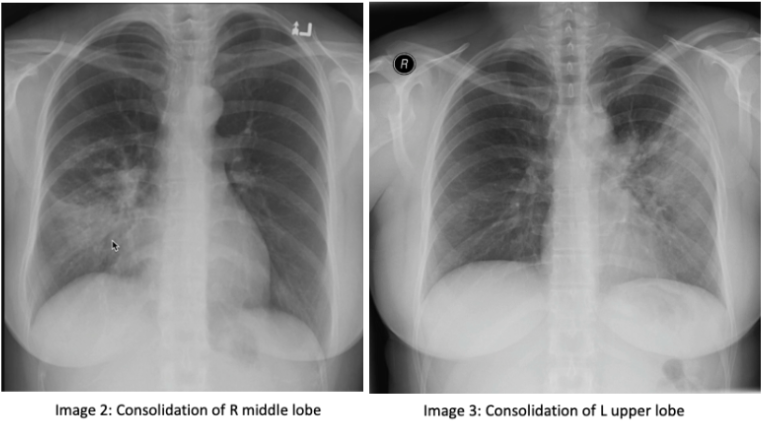Asthma is Greek for panting, which is a fitting translation for a patient that presents with a severe asthma exacerbation. We try to avoid intubating these patients because they are prone to compilations such as pneumothorax, mucus plugging, and increased morbidity and mortality.
However, there are specific situations when you may consider intubating an asthmatic patient. One reason is that your patient may not be improving despite maximal medical therapy, such as BIPAP, albuterol, ipratropium, magnesium, epinephrine/terbutaline, ketamine, etc. Another reason is that your patient may now be altered, and have worsening work of breathing, and vital sign abnormalities. Remember that a “silent chest” is a poor prognostic indicator; you may not hear wheezing because they are not moving any air.
If you choose to intubate, there are tricks to maximize your success and optimize your management of your patient on the vent.
Use a large ETT (8-9) because it reduces airflow resistance and can facilitate procedures later (such as bronchoscopy).
Ketamine is a useful induction agent because of its bronchodilatory effects. It may also be useful if you choose delayed sequence intubation.
High airway pressures can cause hypotension after intubation, so consider giving volume if there is a current or prior history of hypotension.
If hemodynamics are compromised consider giving an epinephrine drip. It is considered a systemic bronchodilator that can provide hemodynamic support as well as bronchodilation.
Keep a low respiratory rate when bagging or on the vent (6-8 breaths/min). Giving them time to exhale will decrease the chances of air trapping and pneumothorax. Another way to do this is to increase the I:E time (1:4 or 1:5).
If the vent is alarming, troubleshoot (DOPES mnemonic) but be suspicious for mucus plugs, pneumothorax, or breath stacking. If they are breath stacking, disconnect them from the vent and push on their chest to help them fully exhale.
A quick note about auto-PEEP and breath stacking: Auto-PEEP refers to trapping gas in the lungs during respiration. This occurs when one breath can’t be fully exhaled before the next inhalation. This trapped gas causes additional positive pressure, known as “auto-PEEP” in the chest which is typically higher than the PEEP set on the ventilator. This process predisposes patients to develop a pneumothorox.
Thanks for reading!
Ariella






